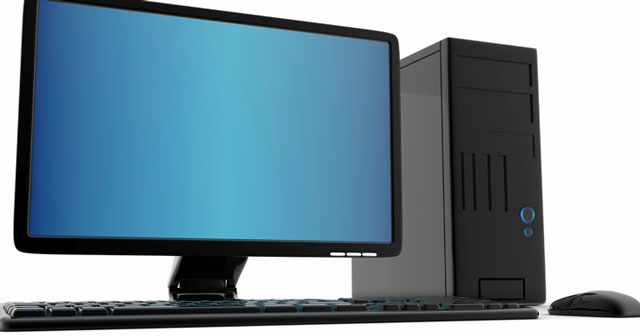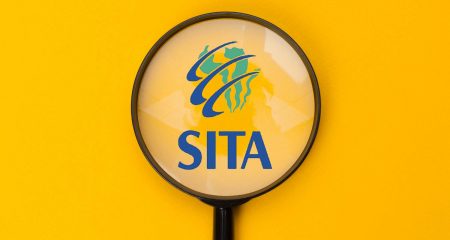
The State IT Agency (Sita) will later this week issue the first phase of a multibillion-rand, three-year tender for the supply of computer equipment to the whole of government.
At the same time, the agency, which coordinates government spending on IT, has announced a new sourcing strategy for these types of large, “transversal” (cross-government) contracts that is meant to streamline the process, reduce costs and provide support to smaller suppliers, including start-ups.
Sita chief procurement officer Sydney Tshibubudze tells TechCentral in an exclusive interview that the tender will replace a contract established in 2004, which was only meant to run for three years.
That contract — for the supply of computers and peripherals — expired in November 2007, but has been extended on a monthly basis ever since.
Sita had twice tried to issue new tender to replace the 2004 contract, but failed to do so for various reasons, including lack of appropriate skills and general dysfunction within the organisation.
One of the difficulties was in correctly defining the hardware specifications, says Tshibubudze, adding that Sita has now “done a lot of work on research and engaged with all the key players” to address this problem.
Sita is confident the reengineered tendering process now being implemented will mean the project moves ahead successfully.
The scope of the tender has also been reduced to desktop computers, laptops, tablets and certain other mobile computing devices only. Computer peripherals such as printers, scanners and projectors — included in the 2004 contract — will now be issued in a separate process.
The old tender had many problems, says Tshibubudze.
Firstly, it was inflexible, so when new products became available, government was not able to consider these. Also, the tender didn’t adequately support the small and medium enterprise sector, while the involvement of original equipment manufacturers (OEMs) like PC makers was not formalised. This led to conflict in the sales channel, he says.
Sita realised a change in approach to transversal tenders was needed to enhance efficiencies, better leverage government’s buying muscle, promote transformation, avoid channel conflict and create visibility of spending across government, among other reasons.
Tshibubudze explains that the new tender will be issued in two phases. The first phase will focus on OEMs and will be issued before Friday this week. OEMs must provide a list of products they can supply, as well as ceiling prices for negotiation. They must also provide list prices and discount structures for volume purchasing. This is meant to encourage government to buy in bulk to achieve savings.
The second phase will focus on suppliers. A focus of this phase will be on driving transformation among small, medium and micro enterprises and bringing new companies, including start-ups, into the loop.
“Suppliers will be asked to give us their mark-up, providing us with visibility into the whole pricing value chain,” he says. “In the past we haven’t known what margins the various entities in the supply chain have been making.”
The supplier phase of the tender will be issued once the OEM phase closes, which will happen after 21 days of it being issued this week.
A third leg of the project involves development of an online portal through which government will manage its orders for computer equipment.
“The portal will be self-service, have an OEM list, a supplier list and a product list, as well as ceiling prices and discounts and the ability to place orders,” says Tshibubudze. “When departments wanted a computer, they traditionally had to issue a request for quotation. The e-portal replaces that RFQ process and is much more efficient.”
“At the moment, government buyers can wait up to six weeks to get computers on desks. With this, it can happen within a week,” he says.
It’s expected that once the portal is in place, government entities will order well in excess of R1bn/year in computer equipment. — (c) 2015 NewsCentral Media
- See also: CEO’s plan to fix ‘dysfunctional’ Sita




